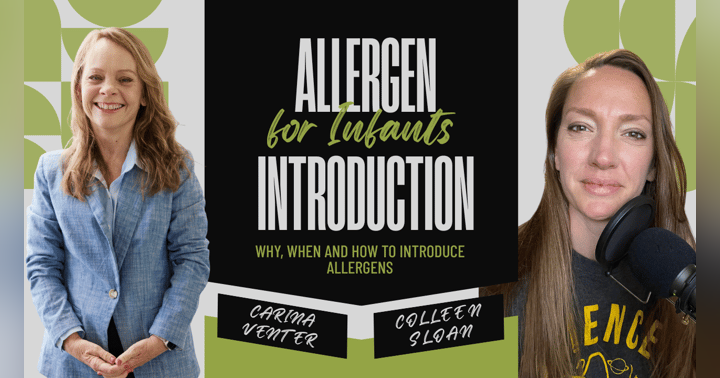Nutrition Education 101 | Where do I Start?
Guiding patients on their weight and health journey is challenging.
Do you ever sit and think, “where do I even start?”
Should you prescribe a certain diet, tell them to drink more water, stop eating junk food, exercise more?
Does this make your head spin? 🤯
Feeling overwhelmed, maybe you tell your patient to stop eating carbs or eat more vegetables?
But, can I challenge you, friend?
Is this advice actually helpful?
What if they don’t cook? What if they already don’t eat many carbs? Or even better, what if they don’t know what carbs are?
I think we can do better.
Imagine you had a process ....
A framework to follow that helps organize your thoughts and lays out a plan for your patient.
In this post, I’ve done that for you. Using my dad’s journey, I’m sharing tips I’m using with him. (if you didn’t see my previous post, my dad enlisted me to help him improve his health … and I’m sharing exactly what I do, with you!)
Let’s dive in ….
Step 1. What is your typical diet?
The very first thing I did to help my dad figure out his diet, was ask him where he normally eats?
This step is CRUCIAL.
Maybe your patient eats out, or maybe they skip breakfast. Maybe they have significant food allergies or religious restrictions.
Like most older adults, my dad eats out alot and he opts for convenience. His top places were Dunkin Donuts, Smokey Bones BBQ, Just Salad and a local Italian pizza shop.
So once you find out what and where they typically eat, find out what foods they choose.
People are creatures of habit. We usually eat the same handful of foods (which makes step 2 much easier).
--------------------------------------------------------------------------
Imagine if you felt confident answering your patient's nutrition questions?
And you could provide advice that actually improved their health outcomes?
Right now you're reading a small part of the Nutrition Wrap-Up newsletter.
I release a NEW issue like this each Sunday.
Join 1,000+ smart clinicians who read the Nutrition Wrap-Up weekly.
Subscribe today to get the latest issue (plus a few helpful freebies)
---------------------------------------------------------------------
Step 2. Evaluate the current diet.
Look up each item that your patient typically eats online. Most restaurants will have their nutrition facts readily available.
This takes a bit of time, so I would suggest you assign this task to your patient.
It's a great way for them to actually see how much sodium or sugar is in the foods they currently eat.
At Dunkin my dad usually orders the Hot Honey Bacon Breakfast Sandwich. When he looked it up he said, "holy cow that sandwich has 1200mg of sodium!"
Step 3. Provide alternatives.
If you provide your patient with some guidelines, they can also look up foods that fit within their criteria. Let's look at the guidelines I used for my dad:
I followed the American Heart Association guidelines since he is a cardiac patient:
- 1500mg sodium per day
- 36g added sugar per day
I told him to look for foods that contain the least amount of sodium and 10g or less of added sugar. This is very tricky at fast-food restaurants, but here's what we found for Dunkin Donuts:
For Something Sweet:
- French Cruller: 230 calories, 135 sodium, 21g carbs (10g added sugar) ... OR
- Munchkin (1): 70 calories, 65mg sodium, 8g carb (4g added sugar)
Breakfast Option:
- Egg and Cheese Wake-Up Wrap: 180 calories, 470mg sodium, 7g protein ... OR
- Egg white and veggie omelet bites: 180 calories, 460mg sodium, 7g carbs, 13g protein
As you can see, the options are limited, and aren't perfect. But, you see how we are working within the patients day-to-day life and helping them one step at a time.
If I told my dad that he needs to make an egg white veggie omelet with avocado toast, he'd NEVER do that (at least not yet).
The best way to help your patient start their health journey is meet them where they are and find easy wins!
Did you enjoy this quick read?
The best clinicians incorporate solid nutrition tips into their patient education.
But finding the right words, with limited time is challenging.
I'll teach you how to do it.
Sign up for my Nutrition Wrap-Up newsletter to learn exactly how to discuss nutrition with your patients. As a subscriber, you'll also get actionable nutrition freebies along the way.
Subscribe to the Nutrition Wrap-Up today!




